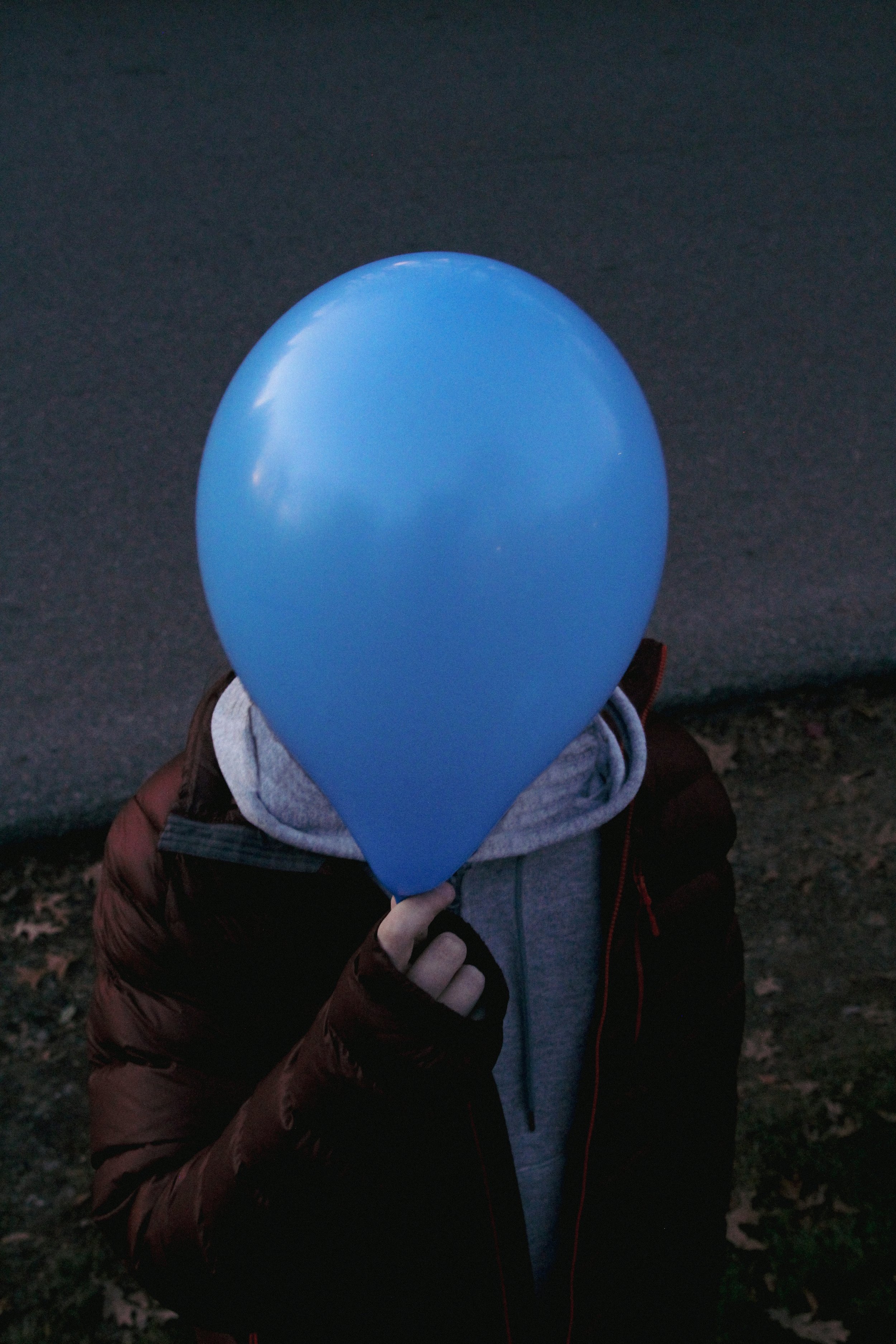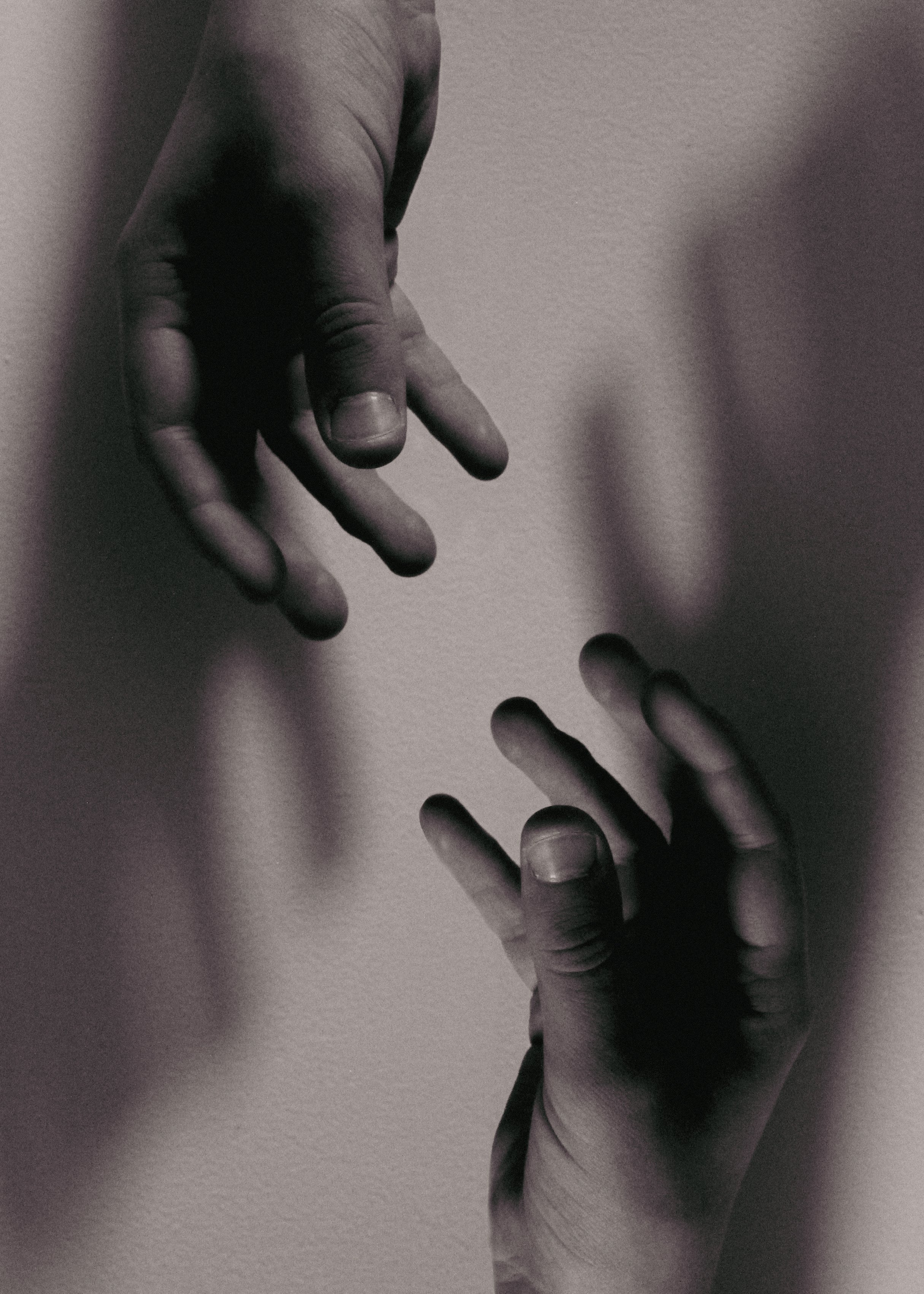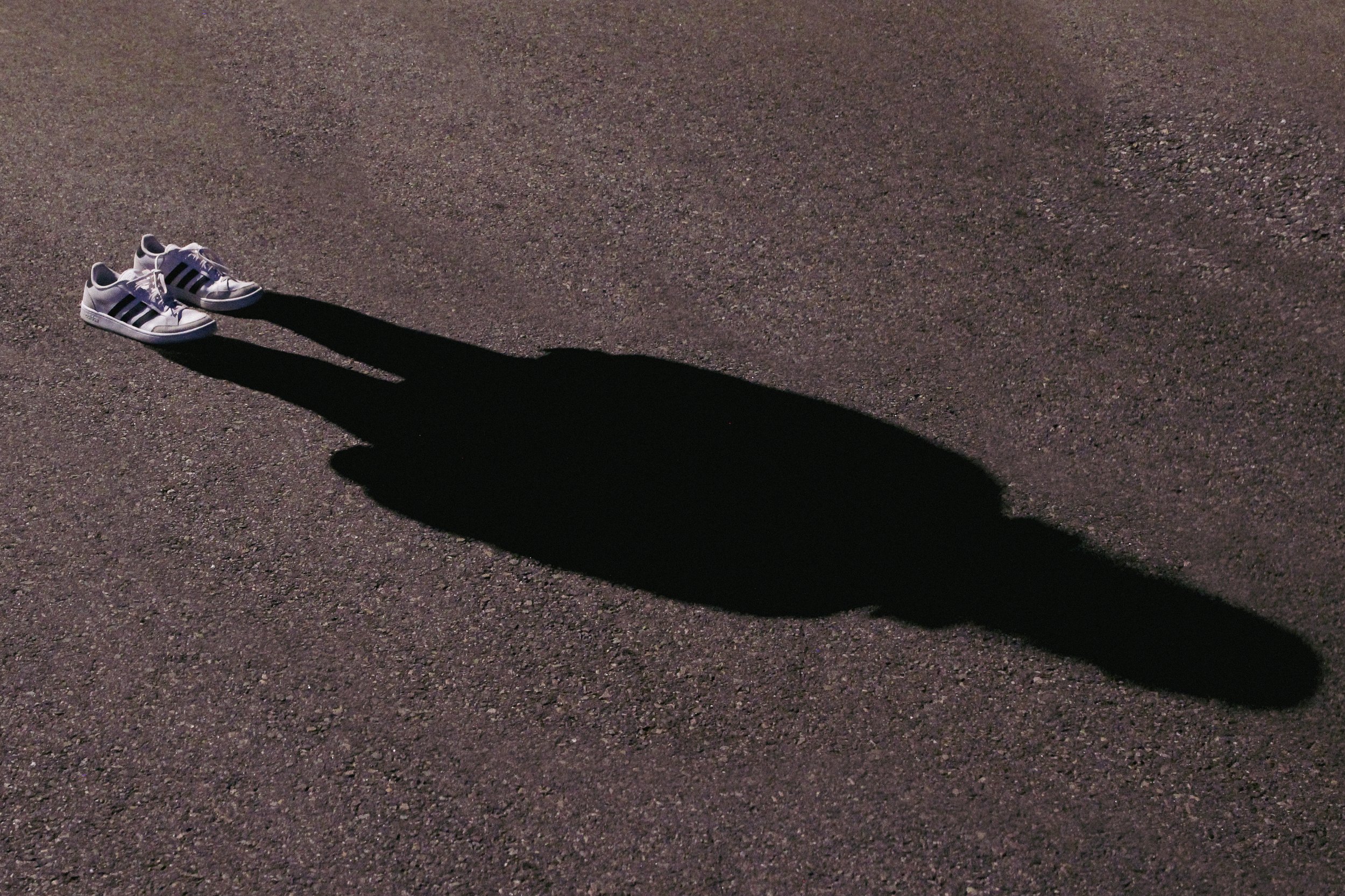Mental Illness Through Surrealism
Artist: Caroline Cannon
“Mental Illness Through Surrealism” is a three-work photography series, comprised of “Airhead”, “Reaching”, and “Invisible”. The series explores the impact of mental illnesses on people who may or may not be noticeably struggling. Cannon expands the surrealism genre by using photography techniques to depict internal mental states without the mythical elements typically associated with surrealism.
The Artist
Caroline Cannon is a history major in the Class of 2025. Submitting her first series as a freshman, Cannon is active on-campus as a regular photo contributor to The Heights newspaper and a member of the Sub Turri Yearbook staff.
-
Digital Photography
December 2021
Newton, Massachusetts
A figure stands outside in a red puffer jacket with a grey sweatshirt. They cover their face with a bright blue balloon, the most vibrant color in the otherwise subdued composition. The scene is horizontally split by the diagonal of the figure’s shoulders; above, in the space occupied by the balloon, there is an asphalt ground, and below, where the figure is standing, is a dirt ground covered with leaves.
-
“Airhead” represents feelings of being consumed with unpleasant thoughts. Intrusive thinking—spontaneously occurring unwanted or negative thoughts—can be a symptom of depression, especially postpartum depression. These thoughts can accumulate over time, making them a serious issue, however this serious mental health challenge is typically joked about.
The title “Airhead” and the blue balloon are uncomfortably playful, referencing the dangerously lighthearted or facetious manner in which mental health issues are usually discussed or mentioned.
-
Digital Photography
December 2021
Newton, Massachusetts
In this black and white photograph, there are two partially cupped, grasping hands. The hands emerge from the top and bottom opposite corners of the composition, with the dramatic grey shadows they cast on the white wall behind them creating a striking diagonal. There is a blank space of plain wall in between the two reaching hands, and neither shadow nor fingertips touch.
-
This photograph is an expression of Dissociative Identity Disorder (D.I.D.). People afflicted by this mental illness tend to feel disunited from their identity, and they long for a collective representation of themselves.
Despite grasping for a misplaced sense of self, people suffering from D.I.D. often feel torn apart by their mental illness and struggle to bridge their disconnected identities. The symmetry of the composition mimics the battle between personal harmony and disunity caused by mental illness.
-
Digital Photography
December 2021
Newton, Massachusetts
A dark, reddish-grey concrete floor with a pair of white, laced, black-striped sneakers in good condition. From the toe of the shoes, a silhouette of a figure with their arms falling at their side extends diagonally across the space.
-
“Invisible” conveys feelings of anxiety overcoming the body and dominating identity. The shoes are an attempt for the figure to ground themself in a moment, yet their absence of a body—replaced by a dark silhouette—shows the disconnect between physical presence and mental presence.
The artwork represents the sensations of an anxiety attack, when it is common to feel body and identity disappear as feelings of dissociation emerge. The title of the photograph comes from this feeling of invisibility.
-
BC Counseling Services Office for individual and group counseling, same-day consultations, psychiatric services, online resources, and more: 617-552-3310
Office of Health Promotion for wellness coaching, nutrition consultation, and alcohol and drug abuse resources: 617-552-9900
Crisis Text Line: Text HELLO to 741741 for free crisis support.
National Suicide Prevention Lifeline: 800-273-8255
Article by: Sindey Amar





